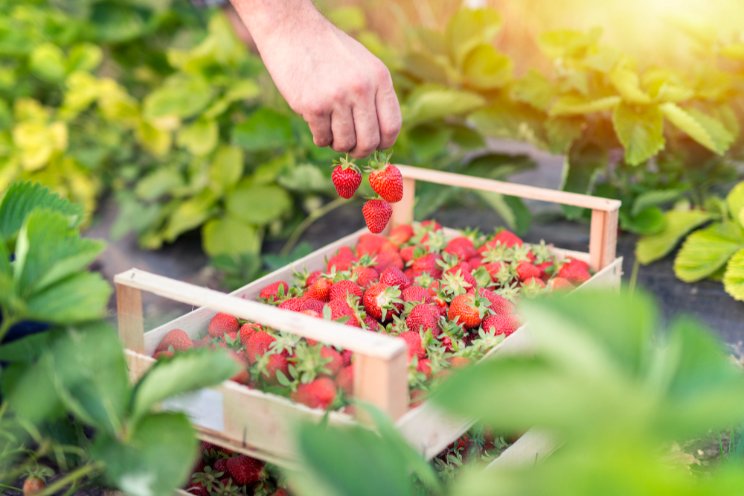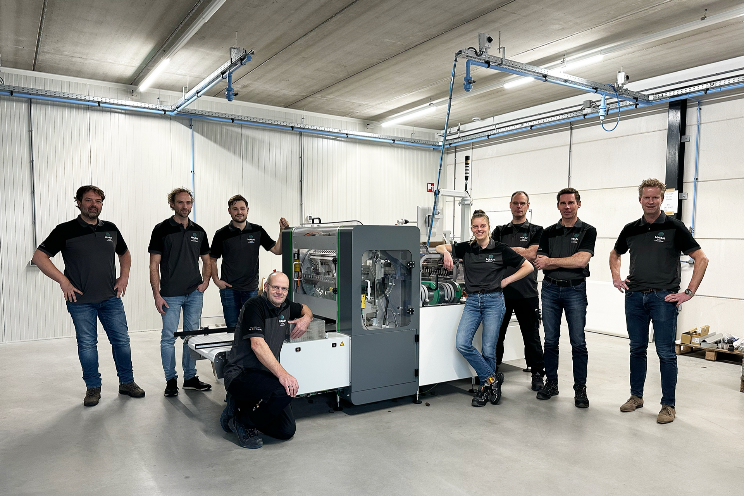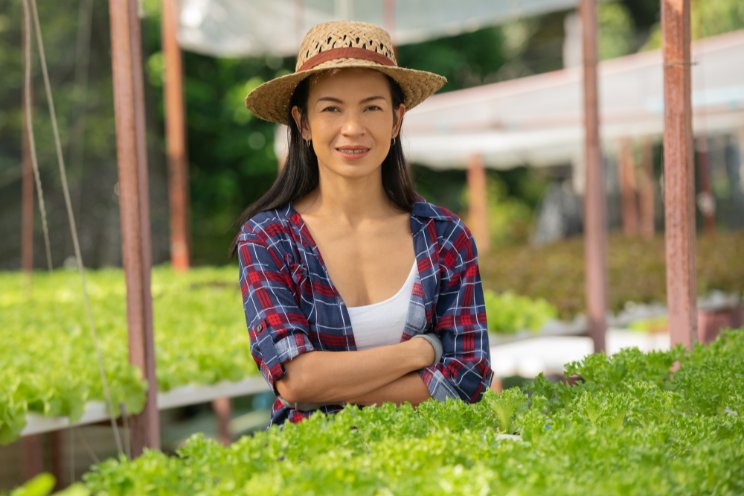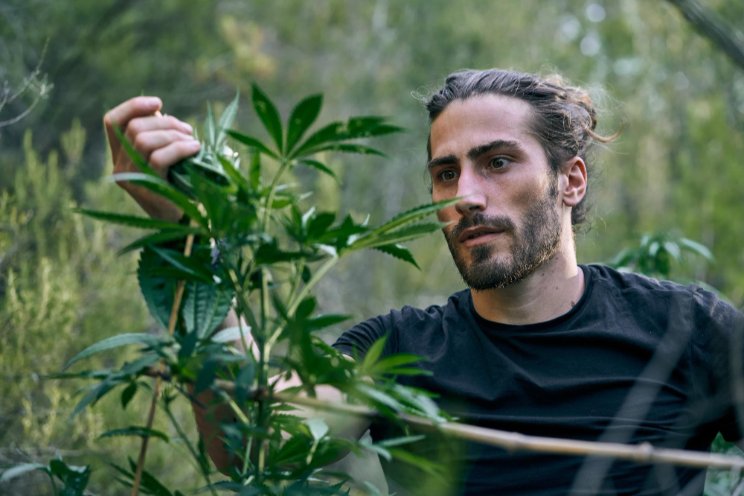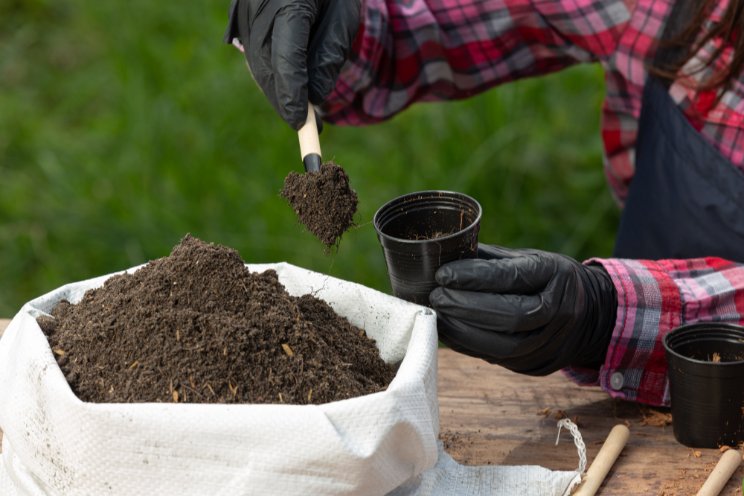World's largest hybrid-LED installation greenhouse
Added on 13 January 2020

AppHarvest reps won't say exactly how many LED fixtures it takes to make the largest LED (light-emitting diode) installation, but they note that a review of media reports and other publicly available information shows the eight other largest buildings either don't have LEDs or haven't had them all installed at one point.
AppHarvest reps do say the building will be able to put out nearly 50 million pounds of tomatoes per year when it's up and running. It's expected to open in the second half of 2020 and also will grow cucumbers.
All of those lights will help "sustainably increase" the amount of veggies that can be grown at the greenhouse, says AppHarvest Founder and CEO Jonathan Webb.
"To grow, plants require light, water and nutrients," Webb explains. "The LEDs allow us to give more light to the plants throughout the day and night. Because of the increased amount of light, we can more densely plant, increasing the overall yield.
"The sophistication of the LEDs allow us to control numerous settings that create what's essentially a time-based recipe for growth. We can use the LED lighting to influence everything from how compact the plants grow to how they flower."
The hybrid aspect of the LED system means its Philips GreenPower LEDs (said to be 40% more efficient than typical greenhouse lighting) will be paired with Agrolux high-pressure sodium (HPS) lamps.
The high-pressure sodium lighting produces heat. "We'll be using those more in winter months, as well as cooler spring and fall months, and then using the heat they produce to partially heat the greenhouse," the CEO says. "Because of the heat they produce, we will not require as much natural gas-powered heating in the facility."
That pairing means the greenhouse will pay for itself "in short order," according to Webb. Like the number of lights, he also declined to release the percentage increase in yields, but called it "significant."
In case you wondered, you can still grow food in a greenhouse using only the sun. "Some current greenhouses use only sunlight, while others use high-pressure sodium lamps," Webb says. "By using lighting in the facilities around the clock, we're able to help the plants grow more quickly. Simply using the sun would limit that growth potential to the amount of sunlight in a given day, as well as be subject to issues like cloudiness."
AppHarvest reps say this world's largest LED installation reinforces how its Farming Now movement uses proven technology to grow more fresh food with far less resources.
"With at least 50% more food needed by 2050, according to the recent report by the United Nations, the world needs to start mobilizing now," Webb added. "Controlled environment agriculture facilities allow farmers to grow up to 20 times more than traditional open-field agriculture, all the while reducing water usage by 90%, virtually eliminating the use of chemicals and, in our case, eliminating agricultural runoff entirely."
That reduced water usage water comes via a circular irrigation system supplied by a 10-acre rainwater retention pond designed to withstand a three-month severe drought.
Long-range transport also will be limited. The greenhouse site, in Appalachia, is within a day's drive to 70% of the U.S. population.
AppHarvest produce will be distributed to the top 25 U.S. grocers through partner Mastronardi Produce. This is the first indoor farm for the AppHarvest startup, but Webb says additional facilities are being planned across the region.
The LEDs will be installed by Dalsem Complete Greenhouse Projects, which is overseeing construction of the 2,762,073-square-foot (60-acre) greenhouse. AppHarvest says the LED installation raises the all-cash investment by Equilibrium's Controlled Environment Foods Fund from $82 million to more than $100 million.
Source and photo courtesy of Forbes
Source: Forbes
More news

